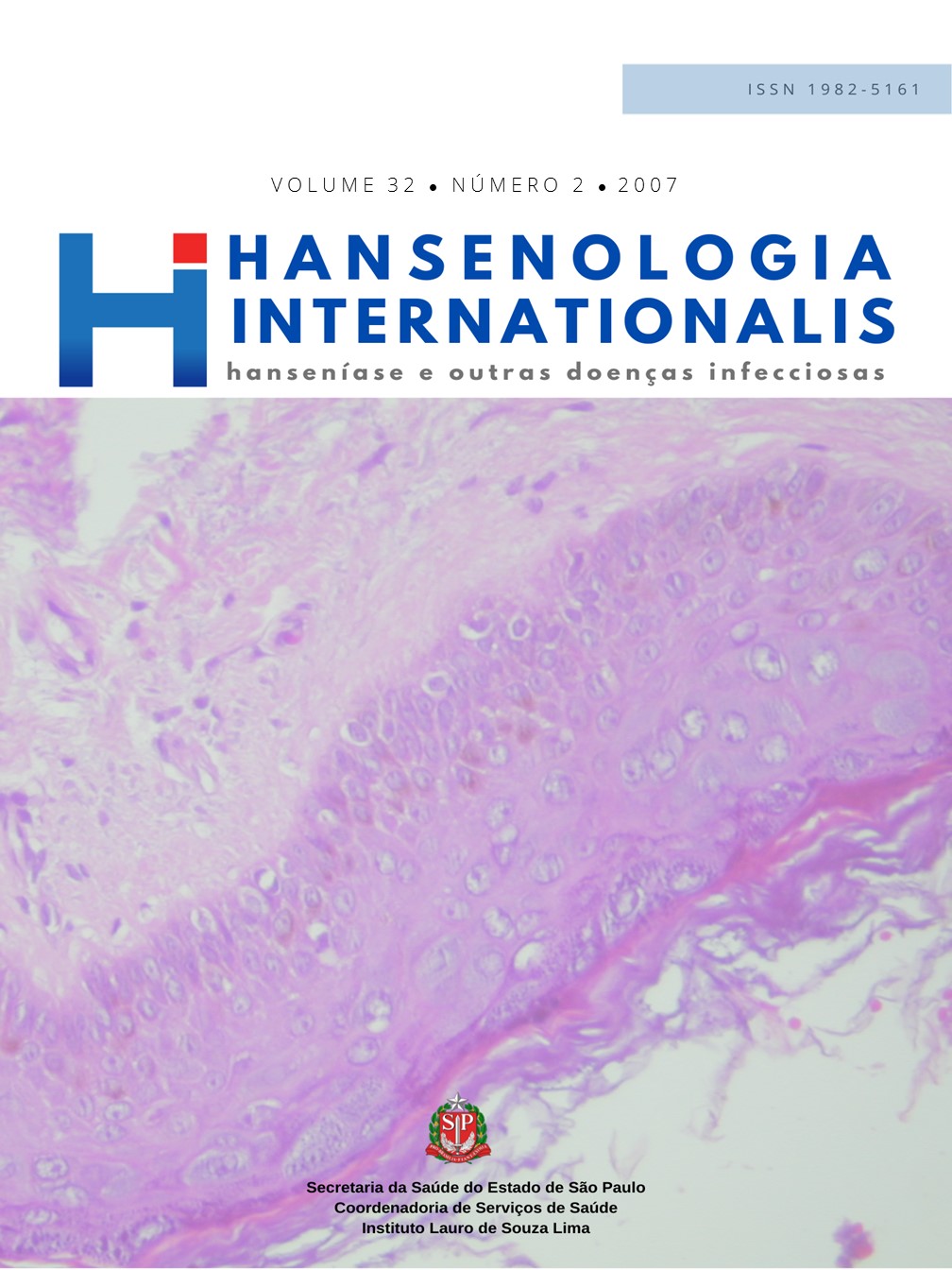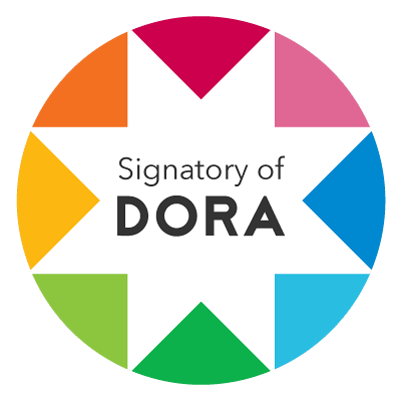Late nodular reversal reaction mimicking relapse: the importance of clinical history and laboratory findings
DOI:
https://doi.org/10.47878/hi.2007.v32.36305Keywords:
Borderline leprosy, Type IV Hipersensitivit, PolychemotherapyAbstract
A 51 years old man has the diagnosis of borderline leprosy in 2005. On this time he presented 3 honeycombed plaques and some little papules on the back. The histopathology showed active borderline-lepromatous leprosy, bacilloscopy 5+, with viable bacilli. Mitsuda reaction was negative, the dosage of IgM anti-PGL-1 (phenolic glicolipid 1) by ELISA was 0,003 and ML-Flow test (lateral flux test to M. leprae) was negative. Multidrugtherapy (MDT) for multibacillary leprosy was started for 24 months. Nine months after finished treatment, reversal reaction characterized by exacerbation of previous lesions and appearance of multiple erythematous nodules on face, trunk and extremities. The histopathology showed reactional borderline-tuberculoid pattern, with bacilloscopy 1+, granular bacilli. It is discussed the differential diagnosis between relapse and reversal reaction, the reactivation of the disease with multiple nodules mimicking lepromas and the low values of IgM anti-PGL-1 and the negative ML-flow test on the diagnosis.
Downloads
References
2. Dharmendra. Classifications of Leprosy. In: Leprosy, 2 ed. New York: Churchill Livingstone; 1994. p.179-92.
3. Roitt I, Brostoff J, Male D. Imunidade às bactérias e aos fungos. In: Imunologia 5 ed. São Paulo: Manole; 1999. p.229-42.
4. Silva CL, Faccioli LH, Foss NT. Suppression of human monocyte cytokine release by phenolic glycolipid-1 of Mycobacterium leprae. Int J Lepr 1993; 61(1): 107-8.
5. Ridley DS. Skin biopsy in leprosy, 2 ed. Switzerland: CIBA-GEIGY; 1987.
6. Barreto JA, Belone AFF, Ghidella CC. Hanseníase multibaci6 lar: estudo de seguimento de 114 pacientes por anos. In: Anais do ¨62 Congresso Brasileiro de Dermatologia”; 2007; São Paulo; Brasil.
7. Naafs B, Wheate HW. The time interval between the start of anti-leprosy treatment and the development of reactions in borderline patients. Lepr Rev 1978; (49): 153-7.
8. Opromolla DVA ed. Noções de Hansenologia. Bauru: Centro de Estudos “Dr. Reynaldo Quagliato”; 2000.
9. Atkinson SE, Khanolkar-Young S, Marlowe S, Jain S, Reddy RG, Suneetha S et al. Detection of IL-13, IL-10, and IL-6 in the leprosy skin lesions of patients during prednisolone treatment for type 1 (T1R) reactions. Int J Lepr. 2004; (72): 27-34.
10. Khanolkar-Young S, Snowdon D, Lockwood DNJ. Immu nocytochemical localization of inducible nitric oxide synthase and transforming growth factor-beta (TFG-β) in leprosy lesions. Clin Exp Immunol 1998; (113): 438-42.
11. Grayson W, Calonje E, McKee PH. Infectious diseases of the skin. In: Pathology of the skin. London: Elsevier Mosby; 2005. p. 910-8.
12. Pfaltzgraff RE, Ramu G. Clinical Leprosy. In: Leprosy, 2 ed. New York: Churchill Livingstone; 1994. p. 237-87.
13. Ministério da Saúde (BR). Secretaria de Políticas de Saúde. Departamento de Atenção Básica. Guia para o Controle da Hanseníase. Brasília: Ministério da Saúde; 2002.
14. Starlz TE, Zinkernagel RM. Antigen localization and migration in immunity and tolerance. N Engl J Med 1998; (339): 1905-13.
15. Weiss E, Mamelak AJ, La Morgia S, Wang B, Feliciani C, Tulli A et al. The role of interleukin 10 in the pathogenesis and potential treatment of skin diseases. J Am Acad Dermatol 2004; (50): 657-75.
Downloads
Published
How to Cite
Issue
Section
License

This work is licensed under a Creative Commons Attribution 4.0 International License.
This journal is licensed under a Creative Commons Attribution 4.0 International License.


























